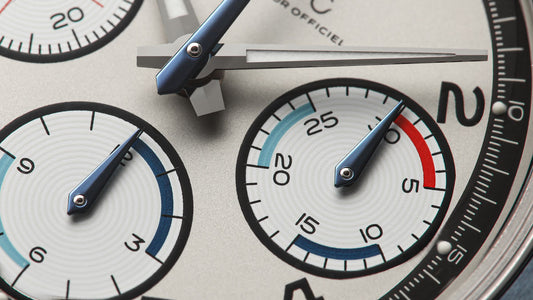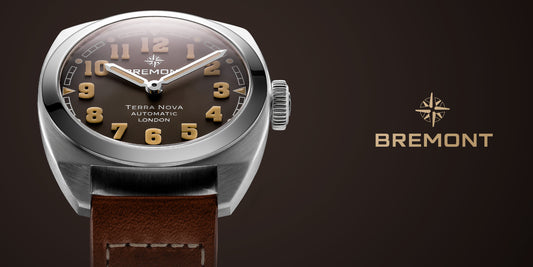This has been a question I’ve been really intrigued by and, I know we’re not in beach season anymore, but it’s something I’ve wanted to look further into ever since becoming aware the water resistance rating on watches is not literal. It’s a common occurrence for those who aren’t clued up on watch lingo to wear their 3ATM (30 Metres) resistant watch for an ocean dip only for it to fill with water. I know plenty of people to have fallen foul of this, hands up, I’ll admit I’ve been one of them. So, how waterproof is your watch and what does the water-resistant rating mean?
10 Metres (1ATM) – 30 Metres (3ATM)
If your watch is marketed to you with a water-resistance of anything up to 30 Metres, don’t assume it is waterproof up to 30 metres below sea level. In fact, it will not withstand being submerged in water at all. It’s important to understand that when watches are advertised with water resistance levels this refers to pressure NOT depth. Don’t worry too much if you splash your timepiece whilst washing your hands or it gets caught in the rain, but do not take it swimming or in the shower. In short, best kept on dry land with as little contact with water as possible.
50 Metres (5ATM)
To be honest a 50 Metre water-resistant watch should be treated the same as 10 Metre or 30 Metre watch. It does not want to be going for a swim anytime soon. Some may say that wearing a 50 Metre watch is okay to wear in the shower, personally I wouldn’t take the risk, steam has that incredibly annoying habit of getting itself into all sorts of places that it shouldn’t be, and you don’t want your watch to fall foul of this.
100 Metres (10ATM)
100 Metres is where we can start taking our water-resistant watch seriously. If your watch has a water-resistance rating of 100 Metres, you can confidently take it swimming or even snorkelling. You’ll find that most watches rated to 100 Metres also have a screw-down crown or screw-down case back. This helps ensures a superior level of water resistance compared to watches that do not have these features. It’s good to bear in mind that it still wouldn’t be okay to take this watch diving to 100 Meters as it’s all about pressure not depth (not that I can imagine many would test it to that limit!).
200 Metres (20ATM)
Once we get to 200 metres of water resistance then you can safely assume that you have a fit-for-purpose dive watch. You’re good to go without worrying about damaging your timepiece if you fancy a swim, free-diving, or snorkelling. When watches get to 200 Metres water resistance, we will start to see acronyms like ISO which stands for the International Organisation for Standardisation. In dive watches this is shown as a certification to clarify that the watch is capable of being submerged in 125% of their water resistance rating. However, for a watch to receive ISO certification it must be individually tested which is an extremely costly process for the watch maker so not all watches will be certified. Whilst a watch tested up to 200 Metres will be capable of most underwater activities, it’s important to note that it should not be used for saturation diving (I’m suddenly finding myself learning a whole lot about the diving world as well!).
 Geckota's Sea Hunter Automatic Diver's Watch - Water Resistance 20ATM (200 Metres)
Geckota's Sea Hunter Automatic Diver's Watch - Water Resistance 20ATM (200 Metres)300 Metres (30ATM)
This is where we get professional. A watch that is rated with a water resistance of 300 Metres or more can participate in all water sport activities without causing too much worry. They are highly suitable for deep diving and professional diving use. Most watches with a 300 Metre rating or more will come fitted with a helium escape valve. This one-way valve ensures that helium that has been caught in the case during decompression can escape when resurfacing. The pressure from trapped helium can cause serious damage to your timepiece if not released.
 Geckota S-01 Phalanx Special Operations Watch - Water Resistance 30 ATM (300 Meters)
Geckota S-01 Phalanx Special Operations Watch - Water Resistance 30 ATM (300 Meters)
So as it turns out no watch is truly waterproof it's all about the resistance they can withstand underwater and regardless of the what water-resistant rating tells you, there is no watch that can completely withstand the pressure of the deepest ocean trenches. Although saying that, the new Omega Seamaster Planet Ocean Range has gone to some record-breaking depths (check out Richard’s article on this release here). It's also useful to be aware that if water does sneak into your timepiece it will need immediate servicing.





